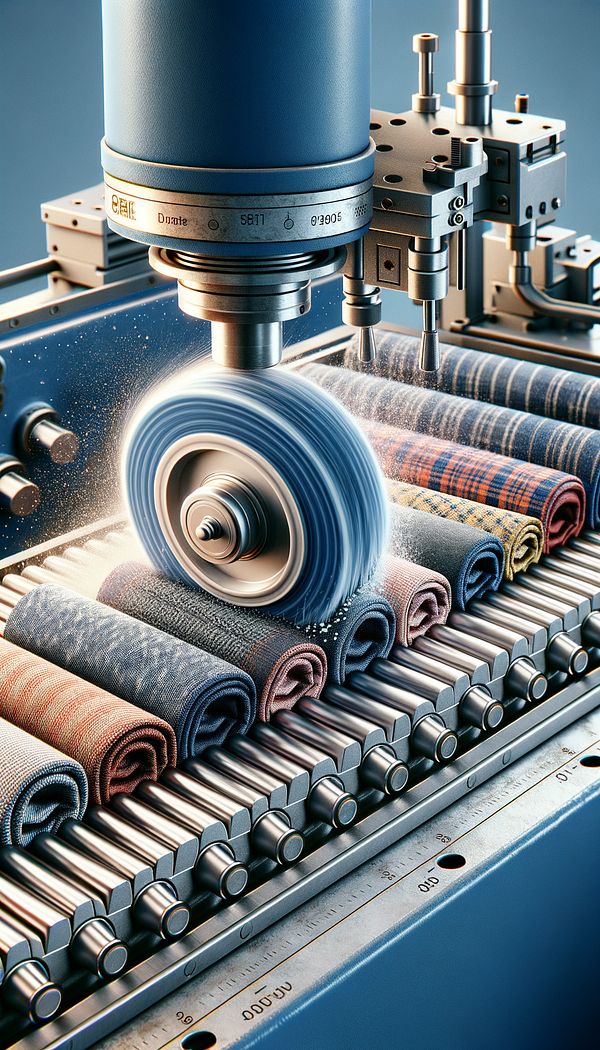What is an Abrasion Test?
An abrasion test is a method used to measure the wear resistance of materials.
Description
In the world of interior design, an abrasion test plays a pivotal role in determining the durability of materials used in flooring, furniture, textiles, and wall coverings. This test simulates the effects of wear and tear on a material by subjecting it to mechanical actions, such as rubbing, grinding, or scraping, mimicking the everyday usage conditions that the material will encounter. The purpose of conducting an abrasion test is to predict how well a material will hold up over time, especially in high-traffic areas, and thus guide designers and consumers in making informed choices.
Abrasion tests are conducted using specialized equipment, with the most common being the Martindale and the Wyzenbeek for textiles, indicating the number of cycles a material can endure before showing noticeable degradation. The results of these tests can greatly influence the selection of materials for both commercial and residential interior design projects, making it a crucial consideration for ensuring the longevity and aesthetic appeal of interior spaces.
Understanding the abrasion resistance of materials is also essential for maintaining the sustainability and cost-effectiveness of a design project. Materials that withstand wear and tear better tend to require less frequent replacement, contributing to a lower environmental impact and potential cost savings over time. Therefore, when planning a design, considering the outcome of abrasion tests can help achieve both-stylish and durable interiors.
Usage
For example, in selecting upholstery fabrics for a hotel lobby, interior designers might opt for materials that have high abrasion test scores to ensure that the furniture can withstand the heavy daily use without quickly deteriorating. Similarly, when choosing carpeting for an office space, the abrasion test results can guide the selection towards options that are more durable, capable of maintaining their appearance under constant foot traffic.
FAQs
-
Why is an abrasion test important in interior design?
An abrasion test is crucial in interior design for determining the durability and longevity of materials, ensuring that selections can withstand the wear and tear of everyday use.
-
What are some common methods for conducting abrasion tests?
Common methods for conducting abrasion tests include the Martindale and Wyzenbeek methods, both of which simulate wear through mechanical actions to measure a material's resistance.
-
How do abrasion test results influence material selection?
Abrasion test results guide material selection by indicating how well different fabrics, flooring, or wall coverings will hold up over time, particularly in high-traffic areas, influencing both aesthetic and practical considerations.
Practical Application
When selecting materials for any design project, it's beneficial to consult the abrasion test results to ensure that your choices are not only stylish but also durable and suitable for their intended use. Especially in areas that will see a lot of activity, choosing materials with high abrasion resistance can lead to better long-term aesthetics and reduced replacement costs.
-
Furniture Types599 articles
-
Decorative Techniques322 articles
-
Technical Terms38 articles
-
Materials & Textiles360 articles
-
Flooring & Carpets48 articles
-
VignetteA vignette in interior design is a carefully curated display of objects that tell a story or evoke a particular mood.
-
FrieseFriese refers to a decorative border or panel
-
Innerspring UnitAn innerspring unit is a network of interconnected coils that provide support in spring-based mattresses.
-
AcousticsAcoustics is the branch of science that deals with the study of sound and how it is perceived in an environment.
-
NeoclassicalNeoclassical is a design movement inspired by the classical art and culture of ancient Greece and Rome.
